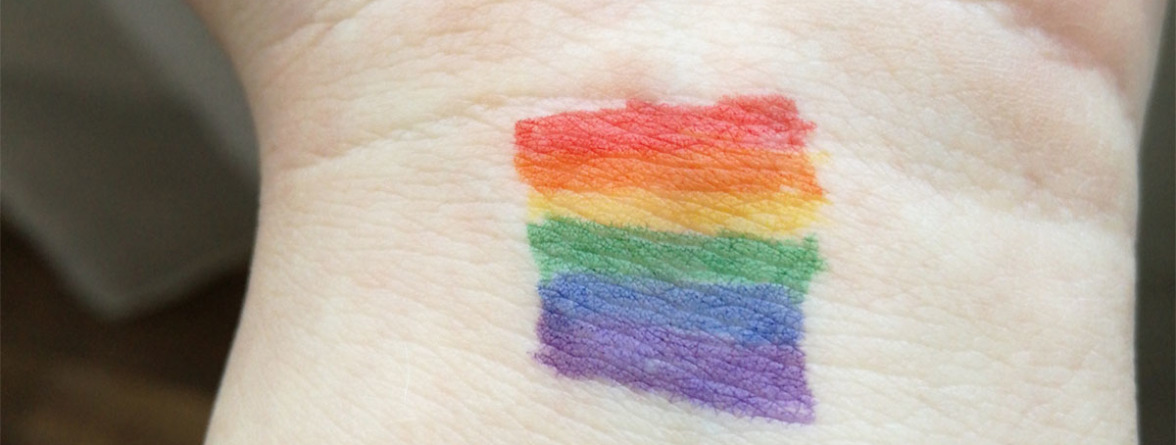Obergefell v Hodges and the History of Bodily Autonomy
October 21, 2018
The gender equality movement and LGBT rights movement have many parallels. As introduced in a previous post, the development of marriage rights is one area of overlap. Women’s gain of marital rights such as property ownership, and the modernization of divorce laws paved the way for the legal system to treat marriage as a union of equals. This was an important piece of the argument for the fight for gay marriage, which would culminate in the 2015 Obergefell v Hodges, legalizing marriage nationwide.
Another commonality between the two movements is a focus on the right to control one’s own body.
Throughout history, the body has been regulated by the government, as well as by societal norms, to varying degrees. This is particularly true when it comes to sexual relations and reproductive rights. For example, until recently, most states had marital exceptions to rape laws. In other words, rape between a husband and a wife was not illegal, as sex was seen as a marital “right” for the husband. Domestic abuse was treated similarly by the law for much of American history. Gender equality advocates have fought hard to implement protections making it illegal to assault or abuse anyone, regardless of their legal relationship to anyone else. This was particularly important for women, giving them ownership over their own bodies even when married. Today, marital rape is illegal, though some states continue to have weak laws on the matter.
Similar arguments were used in legalizing birth control and abortion, both of which have allowed women the ability to control their own reproductive systems. In Roe v Wade, the right to access safe and legal abortion was cemented in 1973. This landmark case was based in part on the constitutional right of personal liberty, a right that is embedded in the foundation of both the gender equity movement and the LGBT rights movement.
Indeed, a cornerstone of the LGBT movement has been to create legislation that gives power to the individual to decide what they do with their body, and with whom. For example, homosexuality was illegal in most states until the 1960s, and the last state law was not lifted until 2003. While the fight for individual control over one’s own reproductive system, the criminalization of marital rape, and the “legalization” of homosexuality are all different battles, they share a similar reasoning based in the constitutional right of individual liberty. It is also telling that legislation addressing the three issues have similar timelines, beginning in the 1960s and 1970s, and continuing to recent days.
Today, with the legalization of nationwide gay marriage, it may seem that deeming someone’s LGBT identity as “illegal” is nonsensical, and that we’ve moved past this as a country. However, though we’ve come a long way, we are not yet at a point where the LGBT community has equal access to rights concerning their bodies and families. For example, it’s true that the broader LGBT community has benefited from the ongoing modernization of surrogacy and adoption laws, as part of broader gay parental and child custody rights, giving individuals more freedom to determine their own method for building their family. However, LGBT individuals and families still face discrimination, and are more likely to be turned away from adoption and surrogacy centers. This is particularly true in states other than California, which have weaker anti-discrimination laws. Nor have we reached equal protection from discrimination in healthcare, as evident in the allowance in many regions of “conversion therapy,” a cruel form of “treatment” meant to “cure” one of homosexuality.
Additionally, transgender, genderqueer and nonbinary individuals have continued the fight for the freedom to control their own bodies, and express their gender in the way that feels right for them. Encouragingly, some progress has been made in states such as California, a leader in building policy that protects and embraces gender diverse communities. For instance, in California it is now possible to list the gender-neutral “parent” as an option on birth certificates. Additionally, individuals may amend the gender on their own birth certificates and other identifying documents.
These examples, among others, have been key in creating a social and legal atmosphere that gives power to individuals to decide for themselves what they do with their own body. Just like in Roe v Wade, these values rest on constitutional rights of individual liberty. While this may seem like a simple concept, it has been centuries in the making.
At Gay Family Law Center, we are dedicated legal allies for the LGBT community in Los Angeles. Our practice includes gay divorce, adoption, surrogacy, estate planning, and more. Contact us to set up your free consultation and see if we may be the best fit for your family law needs.
Photo by Chris Johnson

